(First upload on February 14 2014. Last on January 4 2024) [ 日本語 | English ]
Mount Usu / Sarobetsu post-mined peatland
From left: Crater basin in 1986 and 2006. Cottongrass / Daylily
HOME > Plant list (植物リスト) > Pinaceae (マツ科) > Tsuga sieboldii
Tsuga Carrière (ツガ)Tsuga (ツガ, 栂), Southern Japanese hemlockToga (トガ) Life form: straight-formed evergreen needle-leaved tree Distribution: south to central Honshu, Japan, and Utsuryo Island, Korea Habitat: rocky sites, ridges ⇒ the forest in Miyajima Island Branch: young shoots are hairlessCone: pendulous, brown Utilization: fabrics Tsuga sieboldii forest in Miyajima IslandPrimaeval forests with least human disturbances are distributed in Misen and northern Komagabayashi, and have been assigned as a national monument Misen Primaeval Forest. Tsuga forests lie at the center of the primaeval forest. |
Based on the vertical distribution of vegetation in Japan, Tsuga forest belongs to the intermediate zone. Although Tsuga forests in Miyajima is located in Mount Misen, Komagabayashi and Mount Iwafune, the total area explained only 4.5% (1.4 km²) of the island. Because Tsuga forests remain least on most islands in Seto Inland Sea, the Tsuga forests is valuable. Tsuga forests in Miyajima are often accompanied with Chamaecyparis obtusa (Siebold et Zucc.) Endl., Pieris japonica (Thunb.) D. Don ex G. Don, Rhododendron reticulatum D. Don ex G. Don, Rhododendron lagopus Nakai var. lagopus, Davallia mariesii T. Moore ex Baker, Hymenophyllum barbatum (Bosch) Baker, etc. The forest type is classified into Pieri-Tsugetum association (Yamanaka 1961). tentatively translated (a signboard on Mount Misen, 2014-03-17) |
|
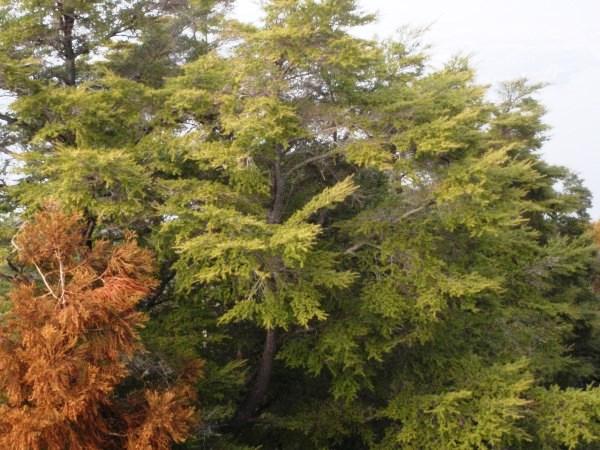 1
1
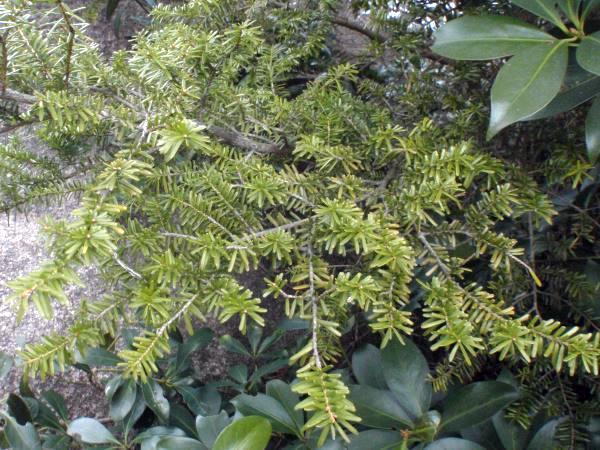 2
2
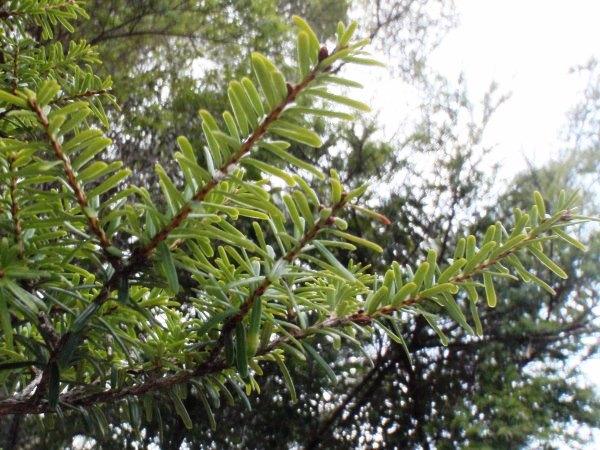 3
3
 4
4
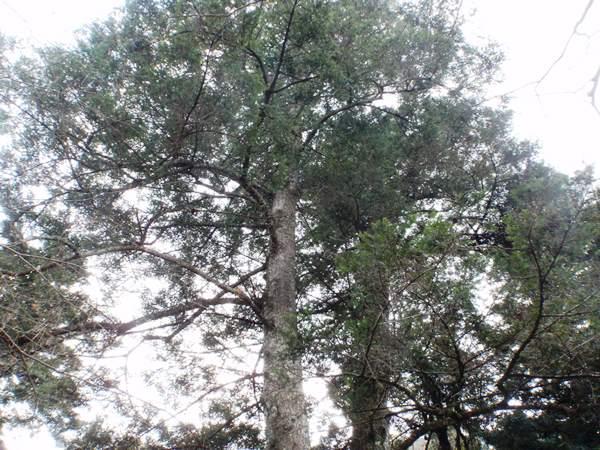 5
5
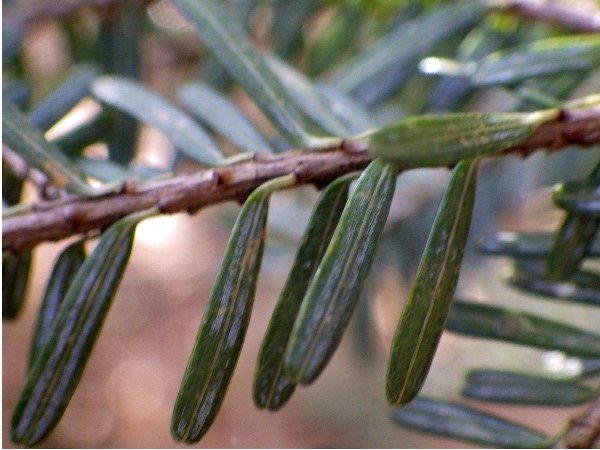 6
6
[1/2] on Mount Misen (弥山, 535 m elevation), Hiroshima Prefecture, on March 16 2014. [3] in the Wakayama Experimental Forest of Hokkaido University, western Japan. [4/5] at the foot of Mount Misen on March 16 2014. [4] a bark (樹皮). [6] in the backyard of Mount Fuji Research Institute, Yamanashi Prefectural Government, on December 9 2017.